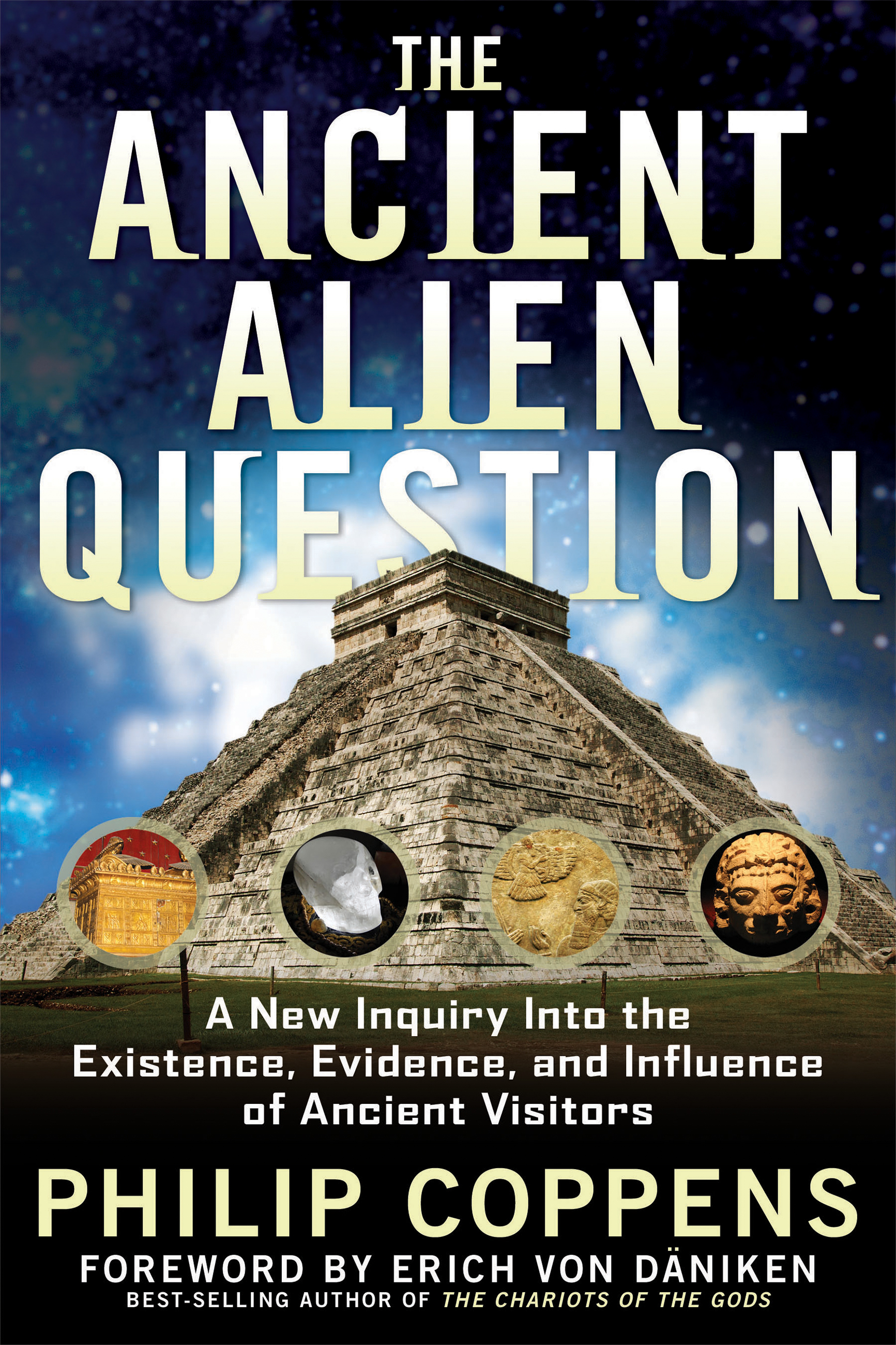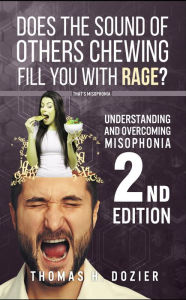
- Browse Category
Subjects
 We Begin at the EndLearn More
We Begin at the EndLearn More - Choice Picks
- Top 100 Free Books
- Blog
- Recently Added
- Submit your eBook
password reset instructions

In 1911 Jung published a book of which he says: '...it laid down a programme to be followed for the next few decades of my life.' It was vastly erudite and covered innumerable fields of study: psychiatry, psychoanalysis, ethnology and comparitive religion amongst others. In due course it became a standard work and was translated into French, Dutch and Italian as well as English, in which language it was given the well-known but somewhat misleading title of The Psychology of the Unconscious.
In the Foreword to the present revised edition which first appeared in 1956, Jung says: '...it was the explosion of all those psychic contents which could find no room, no breathing space, in the constricting atmosphere of Freudian psychology... It was an attempt, only partially successful, to create a wider setting for medical psychology and to bring the whole of the psychic phenomena within its purview.'
For this edition, appearing ten years after the first, bibliographical citations and entries have been revised in the light of subsequent publications in the Collected Works and in the standard edition of Freud's works, some translations have been substituted in quotations, and other essential corrections have been made, but there have been no changes of substance in the text.
Less- Publication date
- Language
- ISBN
- January 14, 2016
- English
- 28f0c80a-9788-4bdd-be27-3f90f78727ab



























